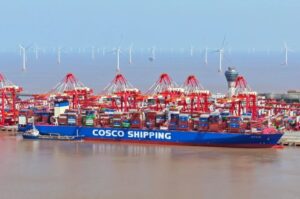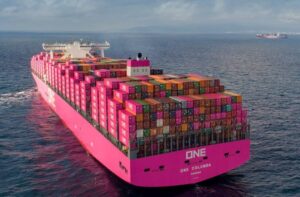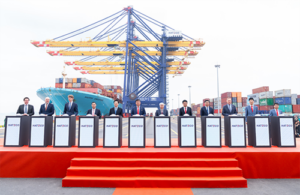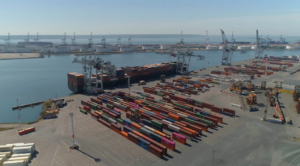ICTSI: 31 terminals join TradeLens blockchain platform
Philippine container terminal operator International Container Terminal Services, Inc. (ICTSI) has signed on to connect its 31 terminals to TradeLens, a blockchain-enabled digital shipping platform.
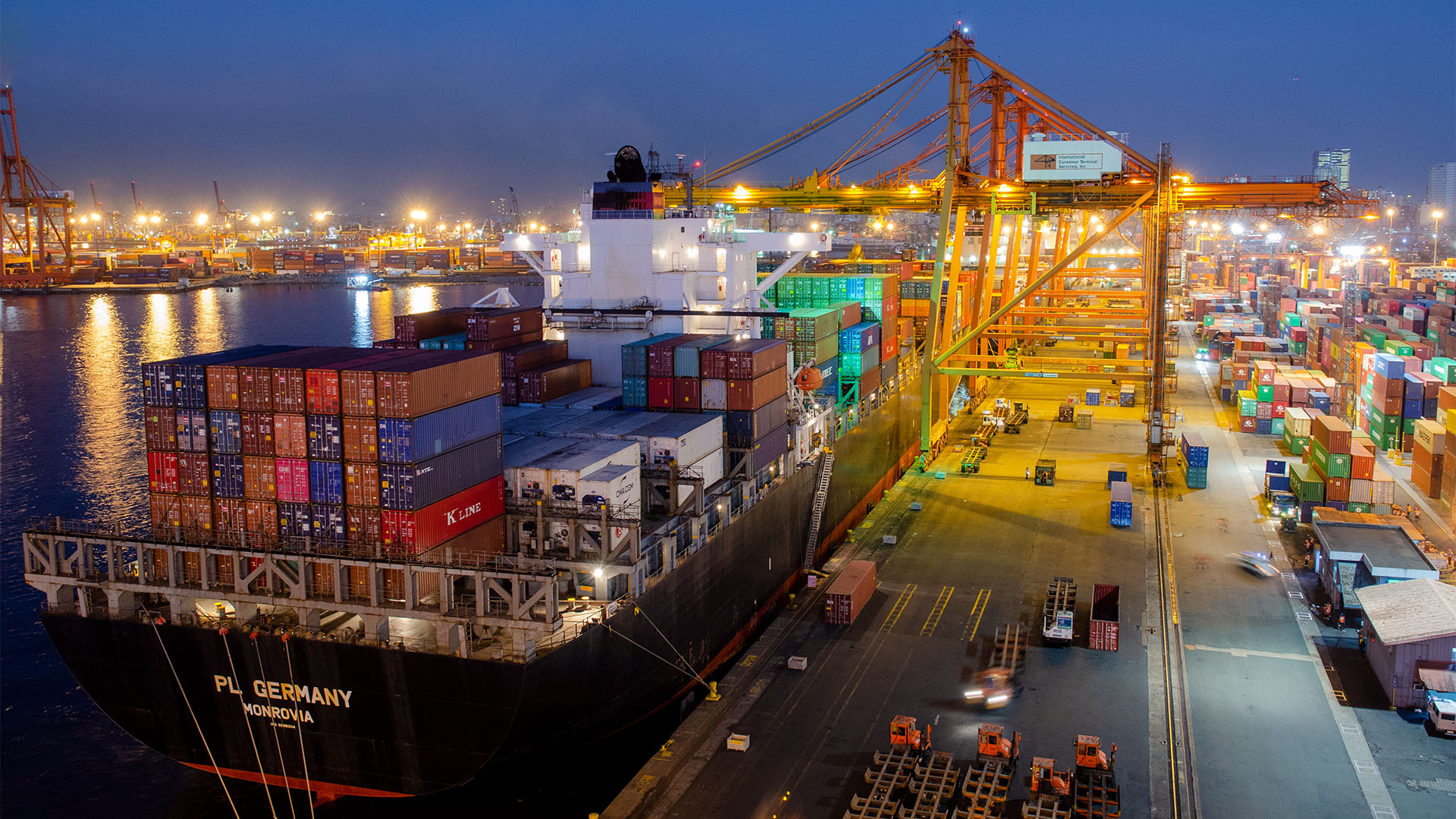
Connecting to Tradelens, which was jointly developed by IBM and Maersk, will allow all ICTSI terminals access to accurate information on cargo movements well in advance of vessel arrivals.

According to ICTSI, tracking of containers through the networked exchange of data enables efficient asset planning for all entities involved utilizing data in near real time to create end-to-end data visibility.
“We are now testing the system and transferring information about loading and discharge of cargo, berthing of vessels to the blockchain platform,” Brian Hibbert, ICTSI Vice President and Chief Information Officer, said.
“After complete integration of the system, we will be able to optimize work with regulatory authorities, improve our terminals’ visibility to what is coming to them as well as receive updates from the sea carriers online.”
Launched in 2018, the TradeLens ecosystem now includes more than 175 organizations – extending to more than ten ocean carriers and encompassing data from more than 600 ports and terminals. Already, it has tracked 30 million container shipments, 1.5 billion events and roughly 13 million published documents.
“The broadening geographic scope of the platform is bolstered by the addition of ICTSI and provides new opportunities for TradeLens participants as the ecosystem continues to expand rapidly,” Thomas Sproat, TradeLens Director of Network Development, commented.
Blockchain technology reduces the processing time of traditional paper documents, making it faster and easier to issue bills of lading for cargo, sanitary certificates, invoices for payment and other types of documentation. For terminals, this is especially important when considering hazardous cargo and potential efficiency gains in the terminal release and customs release processes.

